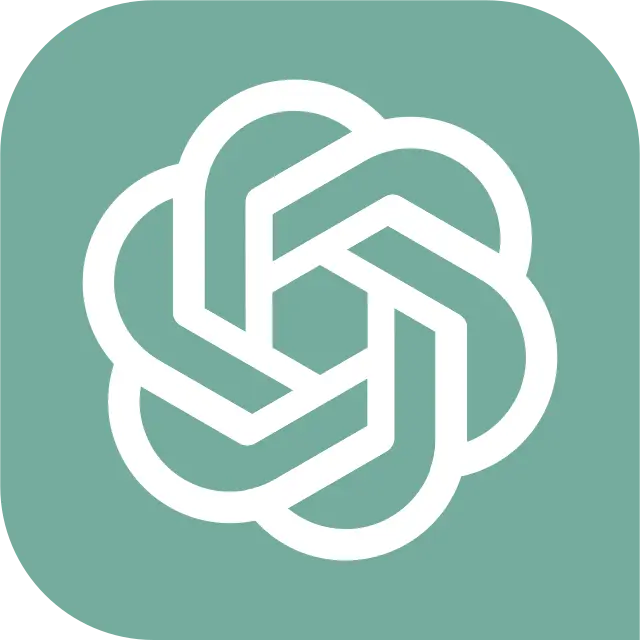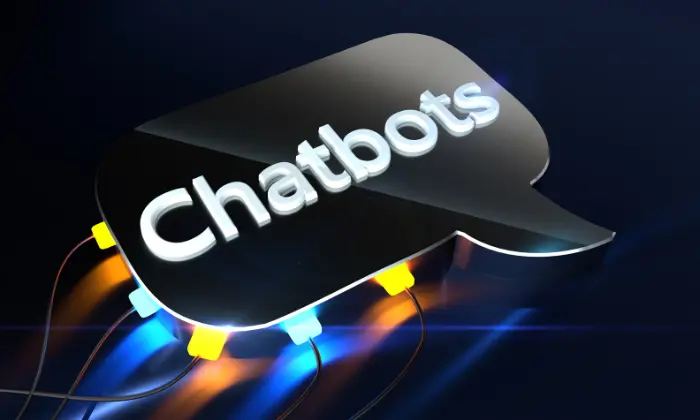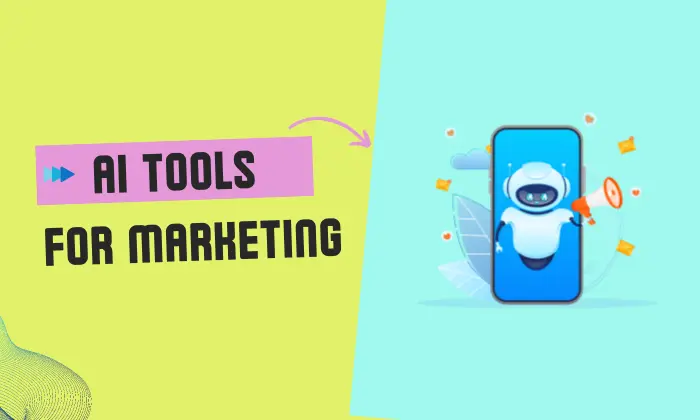What is Chatbot? Imagine having a friendly assistant at your fingertips 24/7 – that’s what chatbots are all about! These smart computer programs are designed to chat with you, just like a real human. Whether you need quick answers to common questions, help scheduling appointments, or even making purchases, chatbots have got you covered!
What makes them so amazing? Well, they’re powered by cutting-edge technologies like artificial intelligence, natural language processing, and machine learning. This means they can learn from your conversations and get even better at helping you over time. It’s like having a personalized, always-on assistant tailored just for you!
Businesses and organizations love chatbots too. Why? Because they’re not just convenient and efficient; they’re also fantastic at collecting valuable feedback from you. This information helps companies improve their products and services, making your experience even better. So, next time you chat with a friendly bot, know that you’re not just getting help – you’re shaping the future of great customer service!
Chatbots use artificial intelligence (AI) technologies such as natural language processing (NLP) and machine learning (ML) to understand and respond to user queries and provide automated assistance or support.
Top 13 chatbots on the web:
- Bard by Google
- ChatGPT by OpenAI
- Bing Chat by Microsoft
- Alexa by Amazon
- Kuki AI or Mitsuku
- Xiaoice
- Replika
- Woebot
- Woebot
- Insomnobot-3000
Here are the top chatbots below. We will add more to the list regularly.
List of Top 13 Chatbots on the Web
1. Bard from Google

2. ChatGPT

3. Bing Chat

4. Alexa

5. Kuki AI or Mitsuku

6. Xiaoice

7. Replika

8. Woebot

9. Insomnobot-3000
10. IBM Watson Assistant
11. Cleverbot

12. Aiden

13. Botpress
Conclusion:
Chatbots have become increasingly popular in recent years due to their ability to enhance customer engagement, automate tasks, and improve operational efficiency. The top 11 chatbots include Mitsuku, Xiaoice, Replika, Woebot, Insomnobot-3000, Google Assistant, Amazon Alexa, IBM Watson Assistant, Cleverbot, Aiden, and Botpress.
Each chatbot has its own unique features, advantages, and uses, ranging from mental health support to e-commerce and customer service. Some are free and open-source, while others require payment or subscriptions. They also integrate with various platforms, providing multi-channel support to businesses.
Chatbots are expected to continue to grow, and these 11 chatbots are at the forefront of innovation in the industry. By leveraging their capabilities, businesses can improve their customer experience, streamline processes, and ultimately achieve greater success.
FAQ about Chatbots
What are chatbots and how do they work?
Chatbots are computer programs designed to mimic conversation with human users. They work by using natural language processing (NLP) to understand user input and generate appropriate responses.
What are the advantages of using chatbots?
Chatbots can automate repetitive tasks, enhance customer engagement, provide 24/7 support, reduce response times, improve operational efficiency, and save costs.
What are some of the best chatbots available?
Some of the best chatbots available include Mitsuku, Xiaoice, Replika, Woebot, Insomnobot-3000, Google Assistant, Amazon Alexa, IBM Watson Assistant, Cleverbot, Aiden, and Botpress.
How can businesses use chatbots for customer service?
Businesses can use chatbots for customer service by integrating them into their website or messaging platforms. Chatbots can provide instant responses to common queries, redirect users to appropriate agents, and provide personalized recommendations.
How can chatbots be integrated into existing systems?
Chatbots can be integrated into existing systems using APIs or software development kits (SDKs). Many chatbot platforms also offer pre-built integrations with popular customer service software, e-commerce platforms, and messaging apps.
What are some common limitations of chatbots?
Some common limitations of chatbots include their inability to handle complex queries, understand sarcasm or humor, and handle unexpected inputs. They may also lack the empathy and personal touch of human agents.
Are chatbots able to understand and respond to different languages?
Many chatbots are designed to understand and respond to multiple languages. However, their accuracy and fluency may vary depending on the quality of their language models and training data.
What is the pricing model for chatbots?
The pricing model for chatbots varies depending on the platform and its features. Some chatbots are free and open-source, while others require payment or subscriptions based on usage or number of interactions.
How can chatbots be customized for specific use cases?
Chatbots can be customized for specific use cases by training them on domain-specific language models and integrating them with relevant APIs and databases. They can also be designed with specific personalities or styles to match a brand’s image.
How can chatbots be evaluated for effectiveness and performance?
Chatbots can be evaluated for effectiveness and performance by analyzing metrics such as response time, accuracy, engagement, user satisfaction, and cost savings. A/B testing and user feedback can also provide insights into areas for improvement.









0 Comments